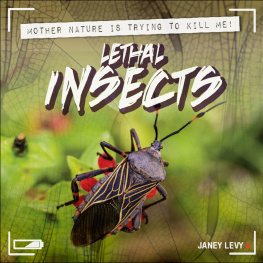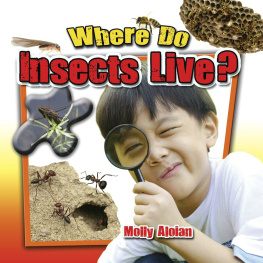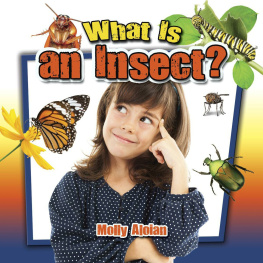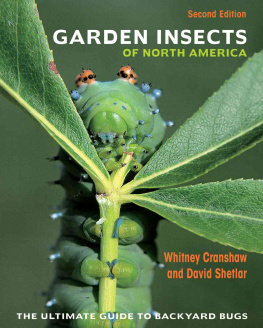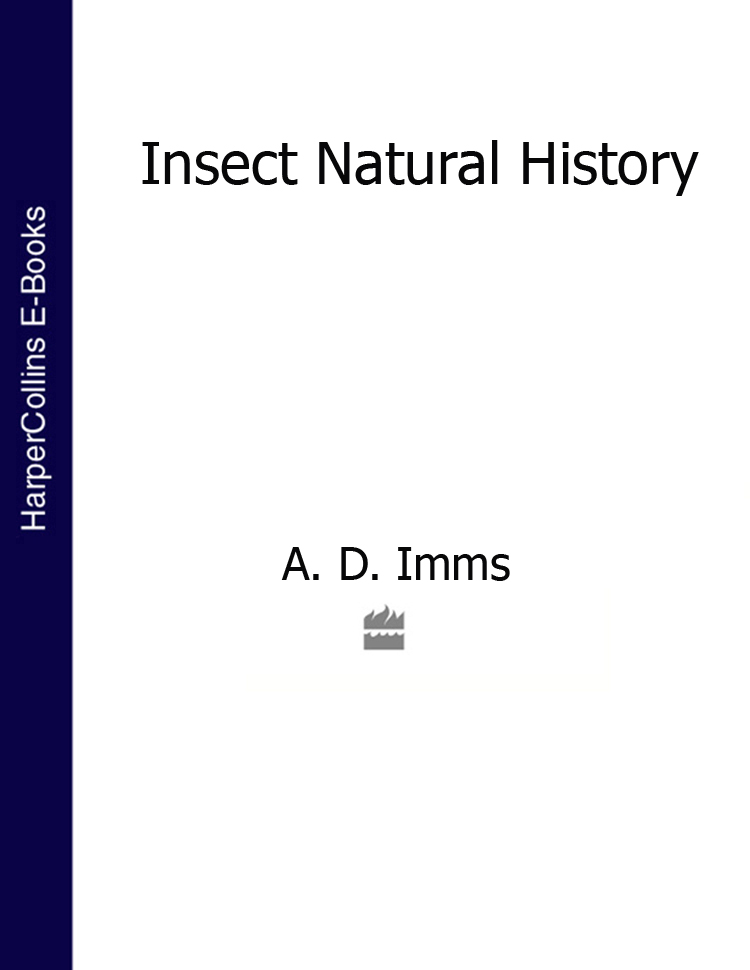EDITORS:
JAMES FISHER M.A.
JOHN GILMOUR M.A.
JULIAN HUXLEY M.A. D.Sc. F.R.S.
L. DUDLEY STAMP C.B.E. B.A. D.Sc.
PHOTOGRAPHIC EDITOR:
ERIC HOSKING F.R.P.S.
The aim of this series is to interest the general reader in the wild life of Britain by recapturing the inquiring spirit of the old naturalists. The Editors believe that the natural pride of the British public in the native fauna and flora, to which must be added concern for their conservation, are best fostered by maintaining a high standard of accuracy combined with clarity of exposition in presenting the results of modern scientific research. The plants and animals are described in relation to their homes and habitats and are portrayed in the full beauty of their natural colours, by the latest methods of colour photography and reproduction.

Williams Collins
An imprint of HarperCollinsPublishers Ltd.
1 London Bridge Street
London SE1 9GF
www.harpercollins.co.uk
First published in 1947 by
Collins 14 St. Jamess Place London
Produced in conjunction with Adprint and printed in Great Britain by Collins Clear-Type Press London and Glasgow
All rights reserved under International and Pan-American Copyright Conventions. By payment of the required fees, you have been granted the nonexclusive, nontransferable right to access and read the text of this ebook on-screen. No part of this text may be reproduced, transmitted, downloaded, decompiled, reverse-engineered, or stored in or introduced into any information storage and retrieval system, in any form or by any means, whether electronic or mechanical, now known or hereafter invented, without the express written permission of HarperCollins ebooks
HarperCollinsPublishers has made every reasonable effort to ensure that any picture content and written content in this ebook has been included or removed in accordance with the contractual and technological constraints in operation at the time of publication
Source ISBN: 9780007308033
Ebook Edition FEBRUARY 2017 ISBN: 9780007403288
Version: 2017-02-08
TO
MARJORIE FLORENCE
ON HER RECOVERY
CONTENTS
COLOUR PLATES
It should be noted that throughout this book Plate numbers in arabic figures refer to Colour Plates, while roman numerals are used for Black-and-White Plates.
PLATES IN BLACK AND WHITE
ILLUSTRATIONS IN THE TEXT
DISTRIBUTION MAPS
Every care has been taken by the Editors to ensure the scientific accuracy of factual statements in these volumes, but the sole responsibility for the interpretation of facts rests with the Authors.
THE natural history of British insects will never be written. This subject, too vast to be treated as a whole, must be treated in part; and there are several ways of doing this, both special and general. At one end of the scale is the history of a groupan example is Dr. E. B. Fords Butterflies in this series. Only 68 species have been recorded wild in the British Isles at one time or another; and every one of them was dealt with and illustrated in that book.
The number of species of British beetles, however, is 3,690, and of two-winged flies over 5,200. Groups like these clearly demand a different treatment. So at the other end of the scale comes the integrative work, the essay on and the discussion of British insects as a wholetheir place in nature, and the principles which govern their lives.
Dr. A. D. Imms Insects is of this kind. No attempt has been made to deal with the 20,000 known British species of insects individually. The main emphasis is on the characteristics of insects in general, and on the ways in which they have adapted themselves to the environment provided by the British Isles. Some of these adaptations are beautiful, others extraordinary. Some are quite bizarre.
Dr. Imms is pre-eminently qualified to write such a book. In his years as Reader in Entomology at Cambridge he has dispensed an immense store of knowledge on the habits, the physiology, the structure, and the classification, as well as the economic importance, of insects.
At least five-sixths of all the species of animals in the world are insects (in spite of their virtual absence from the sea, which is the major part of the area inhabited by life). Insects show the successes and failures of a section of life which has evolved along lines entirely different from those followed by our own ancestors. Further, insects are of immense importance economically and medically to man, and provide the chief food of many higher vertebrates.
All these are matters which Dr. Imms has considered and illustrated from among the insect inhabitants of our country. In our opinion he has achieved a signal success in his treatment of this complex and difficult group.
THE EDITORS
THE aim in writing this book is to induce those who happen to read it to become better acquainted with the natural history of our native insects. Many people are interested in these creatures and are anxious to know something about them. But apart from Butterflies and Moths, difficulty is experienced in finding out how they live, to what kinds so many of them belong, whether they are harmful or not, and so on. An acquaintance with our commoner insects adds to the pleasure of the country-dweller and of those who take walks or holidays beyond the bounds of bricks and mortar. It will be understood, therefore that this book is intended for general readers, while teachers of nature study or of elementary biology may also find it an aid to their work.
It would have been a more satisfactory task had it been possible to continue the subject into a second volume. As it is I cannot pretend to have done more than skirt the fringe of the subject in so limited a space, nor can I pretend that I have been impartial in my treatment of it. I realise how unpromising it would have been to divide the space impartially. Such well-proportioned treatment would savour of lifelessness and defeat the object in view. Consequently I have written at greater length about the feeding habits of insects, about aquatic insects and on social behaviour, for example, than about other things. The reason for this partiality is because so much that is remarkable or characteristic about insect life is betrayed in these particular manifestations. It will be noted that no mention is made of the great subject of inheritance or of the origin of the British insect fauna. Both these aspects are so well treated in Dr. Fords book on Butterflies, in this same series, that it is undesirable to tread much the same ground again. Furthermore, these two subjects are better explained in Butterflies than in other insects where they have been much less fully explored.
Effort has been made to avoid the use of terms only familiar to students of zoology and to refrain from giving details of anatomy and of classification. Nor indeed are such details needed from the view-point of the general reader. A certain number of unfamiliar words such as the names of the major groups of insects and those of a few of the parts of the insect body are necessary. The plan that has been followed is to refer to each kind of insect under its popular name and only to quote its scientific name where mention of a particular insect is made for the first time in each chapter. This good intention cannot always be followed for the simple reason that so many insects have no individual proper names. A few technical names and terms may convey a superficial impression of difficulty but this is only so long as they remain mere sounds. When an acquaintance is gained with what they stand for they soon lose much of their unfamiliarity and their necessity will become realised. A few words are needed about the scientific names of the different insects that are mentioned. In a general book of this kind it is desirable to use those names that are in widest circulation in order to avoid confusing the reader when looking up other works on a particular subject. In a few cases, therefore, the latest names resulting from application of the rules of nomenclature have not been employed for this reason.



